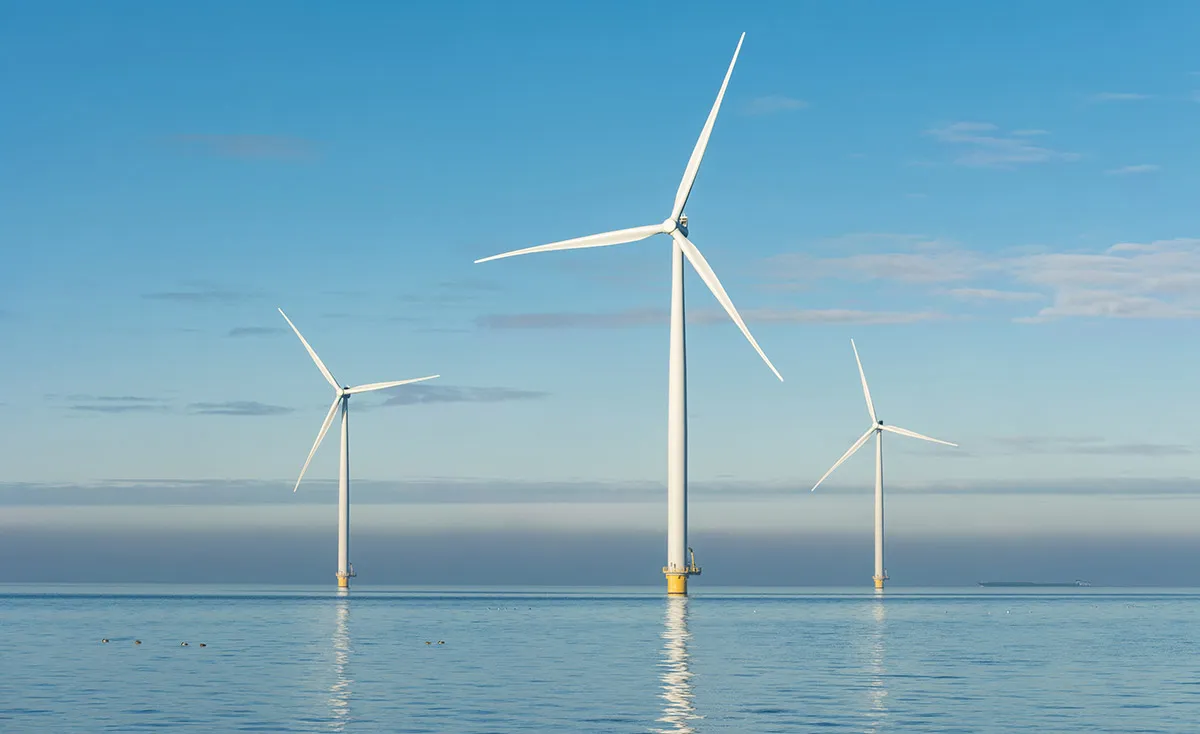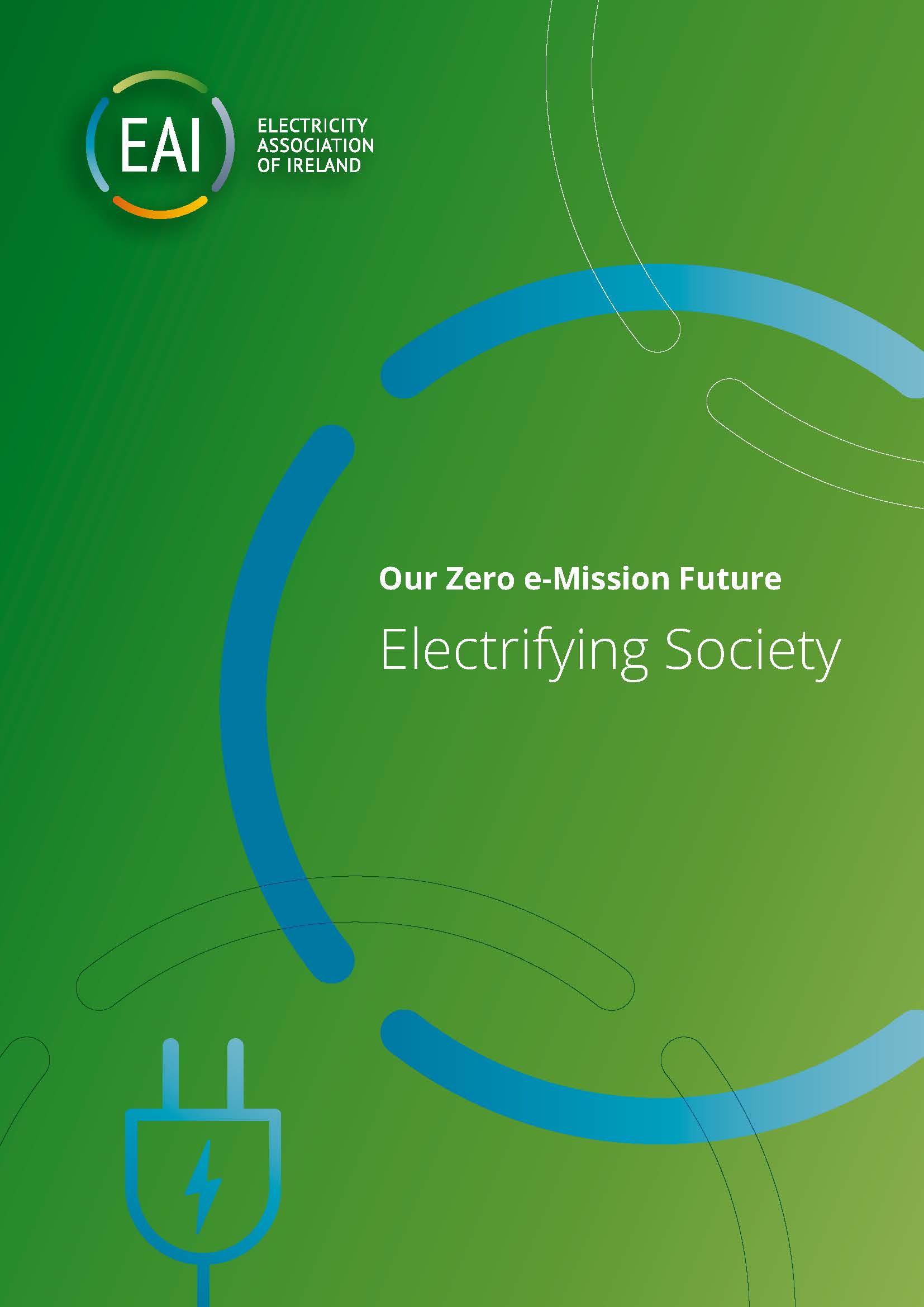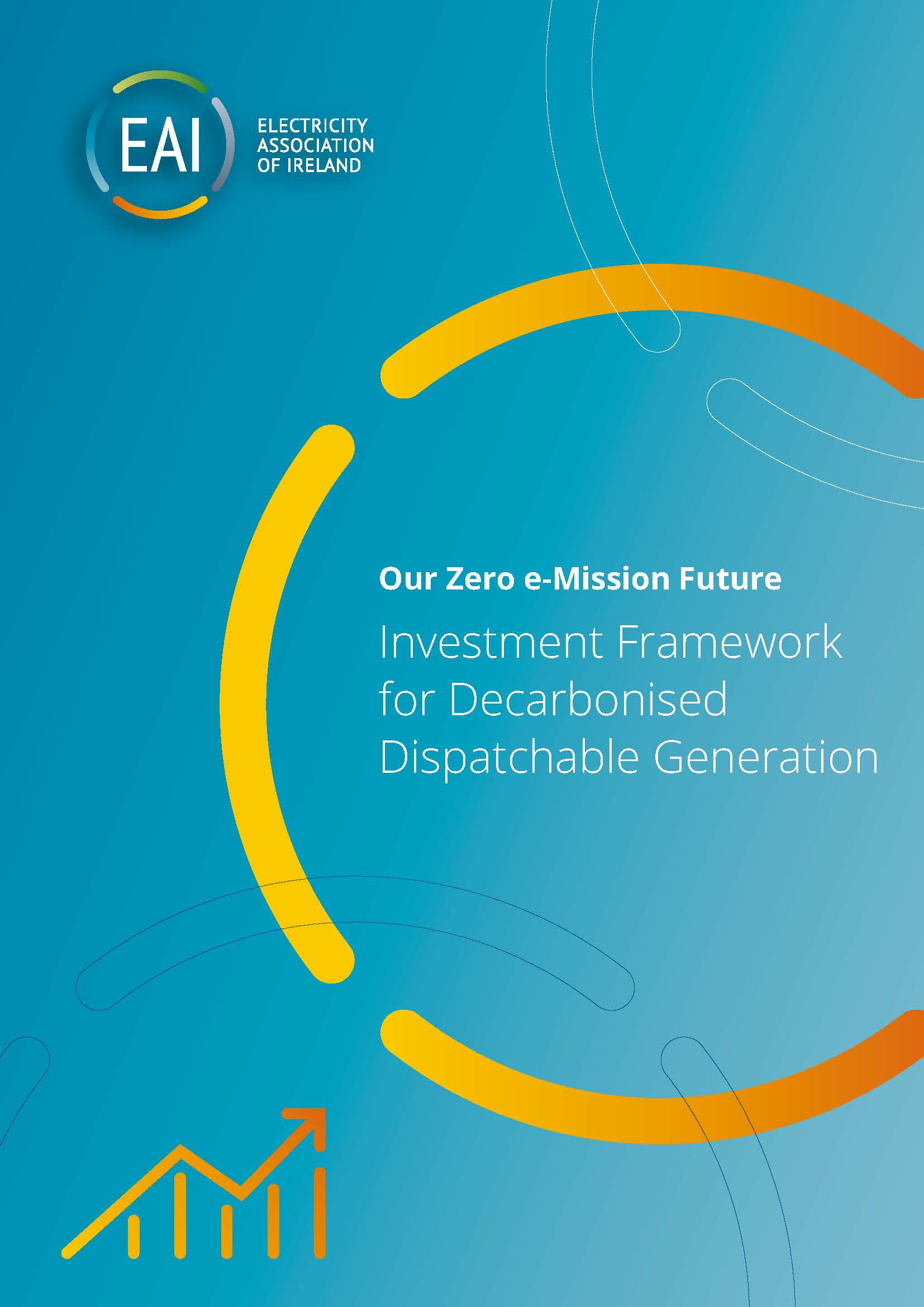EAI Launches Three Strategic Papers
As part of our Zero e-Mission Future, the Electricity Association of Ireland has published a series of comprehensive strategic papers. The launch of these documents marks a shared view of the all-island electricity sector from generation through to retail and details the necessary requirements to decarbonise the electricity sector, economy and society.
It is clear that the electricity sector will have to decarbonise in advance of wider society. To contribute to the discussion surrounding the decarbonisation of the electricity sector, the EAI sets out industry’s view as to how Government should promote greater electricity consumption, provide a clear investment framework to deliver decarbonised back-up generation and address barriers that various technologies are facing to deliver this envisaged decarbonised electricity sector.
Electrifying Society
An analysis of the fundamental barriers to electrification in various sectors across the Irish economy, this paper sets out that there is significant capacity for increased electrification especially in the Irish Industrial sector. EAI views that electrification is the key to unlocking a low carbon emission future through increasing the electricity demand for renewable generation and by providing increased capacity for demand flexibility. National policy must ramp up the ambitions to deliver this demand and is why EAI is calling for the Government to set a target of 35% electrification in Industrial demand by 2030.
An Investment Framework for Decarbonised Dispatchable Generation
This paper outlines how the investment frameworks for decarbonised back-up generation will need to evolve to facilitate investment on a scale that has not been seen on the island of Ireland. Decarbonising dispatchable generation is fundamental to ensuring Ireland achieves our climate goals whilst also ensuring security of supply. Clear investment signals are crucial to facilitate the energy sector to invest in and deliver low carbon dispatchable electricity generation. EAI outlines options for the evolution of the Capacity Remuneration Mechanism (CRM) in advance of Ireland’s State Aid application in 2027.
Decarbonising the Electricity Sector
The purpose of this paper was to identify the actions Ireland must take to ensure that we achieve a cost-effective transition to a decarbonised electricity sector. As EAI does not represent any single technology type, in this paper, EAI has conducted a score card of various different technologies and assessed the key actions required to progress their delivery. EAI is of the view that no one technology will achieve Ireland’s decarbonisation goals, so the time is now to provide the policy environment to enable the delivery of these technologies.
Ireland is at an inflexion point on our journey towards a low-carbon future. EAI publishes these strategic papers in the context where the Climate Change Advisory Council stated that Ireland could face EU fines of over €8bn after 2030 if the country stays on its current trajectory and misses our climate targets. This sits apart from the potential multi-billion euro costs that could arise through flooding, coastal erosion and damage to infrastructure, caused by climate change, unless mitigated. The time for action is now, the energy sector is ready to participate in this transition.
Everyone has a role to play in delivering our Zero e-Mission Future, now is the time to act




